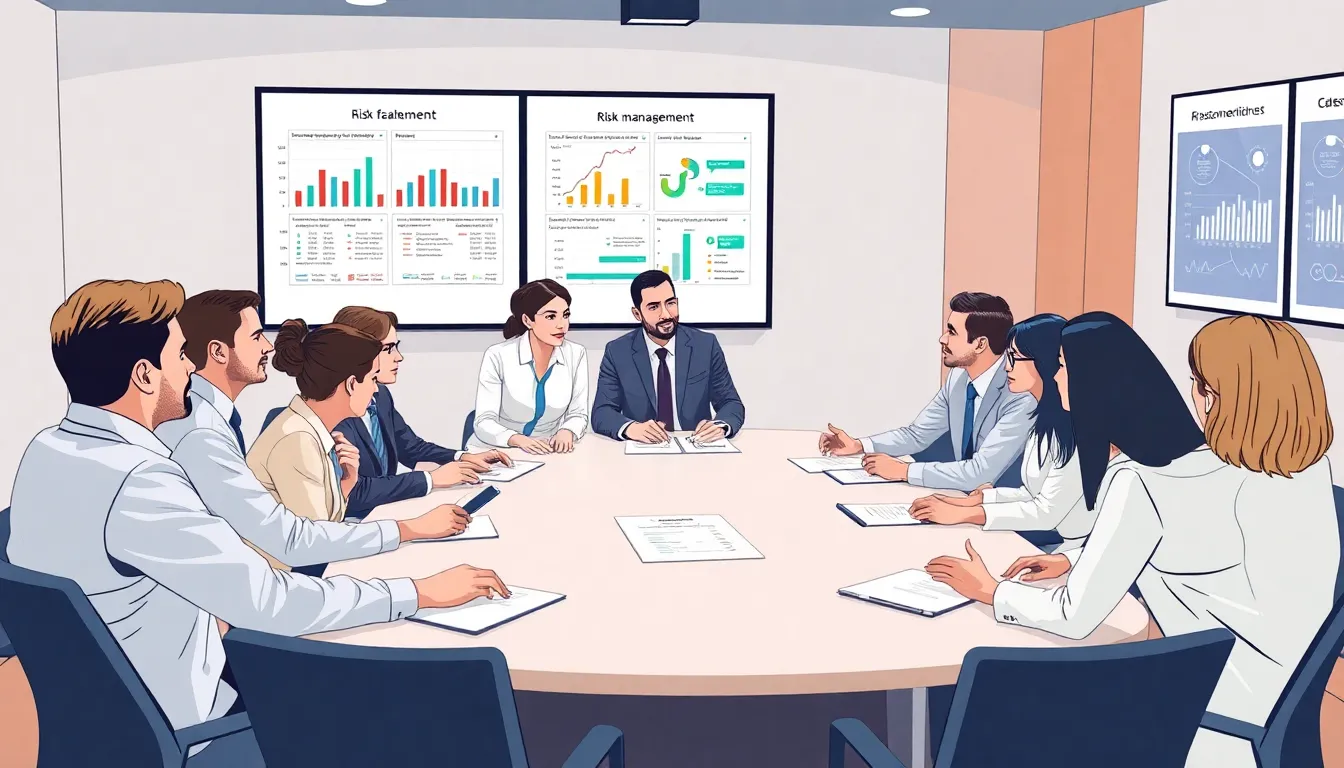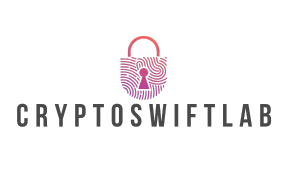Table of Contents
ToggleIn a world where uncertainty is as common as that one friend who always shows up late, a solid risk management framework is essential. It’s like having an umbrella on a sunny day—sure, you might look a bit silly, but when the storm hits, you’ll be the one staying dry. Organizations today face a whirlwind of potential pitfalls, from financial mishaps to cyber threats, and navigating these treacherous waters without a plan is a recipe for disaster.
A well-structured risk management framework not only helps identify and assess risks but also equips businesses with strategies to tackle them head-on. Think of it as a superhero cape for your organization, turning potential chaos into a well-orchestrated performance. By embracing this proactive approach, companies can safeguard their assets, enhance decision-making, and ultimately boost their bottom line. So, let’s dive into the world of risk management and discover how to turn those pesky risks into opportunities.
Understanding Risk Management Framework
A risk management framework offers structured methods for identifying, assessing, and mitigating risks. Organizations rely on this framework to navigate uncertainties effectively.
Definition and Importance
A risk management framework represents formalized processes guiding organizations in managing uncertainties. The importance of such a framework cannot be overstated. It equips businesses to identify potential threats, including financial instability and cyber vulnerabilities. Continuous assessment helps in adapting to changing environments. Organizations benefit from improved decision-making as they respond to risks rather than reacting to crises. Following a solid framework also enhances stakeholder confidence by demonstrating a commitment to risk awareness and management.
Key Components
Key components of a risk management framework include risk assessment, risk treatment, communication, and monitoring. Risk assessment involves identifying vulnerabilities and evaluating their potential impact. Risk treatment focuses on developing strategies to minimize those risks, whether through avoidance, reduction, or transfer. Effective communication ensures that all stakeholders understand the risks and mitigation measures in place. Continuous monitoring supplies vital insights, allowing organizations to adjust strategies as needed. Emphasizing these components creates a robust and dynamic approach to risk management, promoting organizational resilience.
Types of Risk Management Frameworks

Various risk management frameworks exist, each tailored to meet different organizational needs. Understanding their characteristics helps businesses choose the most effective approach.
ISO 31000
ISO 31000 provides a comprehensive framework for risk management applicable to any organization, regardless of size or industry. This standard outlines principles and guidelines that ensure a consistent approach to risk management. It emphasizes a structured process involving risk identification, risk assessment, and risk treatment. ISO 31000 prioritizes continuous improvement, requiring organizations to regularly review their risk processes to adapt to changing circumstances. Furthermore, it promotes the integration of risk management into all organizational activities, fostering a culture of risk awareness and proactive management.
COSO Framework
The COSO Framework is widely recognized for enhancing enterprise risk management. This framework connects strategy with performance evaluation, allowing organizations to align risk management with overall objectives. It consists of components such as internal environment, risk assessment, control activities, information and communication, and monitoring. Organizations using the COSO Framework benefit from its focus on holistic risk management practices. By ensuring alignment with strategic goals, they improve their ability to identify and respond to risks effectively. Emphasizing culture, it requires organizations to establish a risk-aware environment to promote informed decision-making.
Implementing a Risk Management Framework
Implementing a risk management framework involves strategic steps that organizations can take to effectively manage potential threats.
Steps for Implementation
- Establish context: Identify organizational objectives and the internal and external factors influencing risk.
- Conduct risk assessment: Evaluate risks by determining likelihood and impact to prioritize effectively.
- Analyze risk: Review identified risks in detail, focusing on root causes and potential consequences.
- Select treatment options: Choose appropriate strategies for each risk, whether to avoid, reduce, transfer, or accept it.
- Develop a communication plan: Ensure all stakeholders understand their roles and responsibilities in risk management.
- Implement and monitor: Apply selected risk treatments and regularly review their effectiveness through continuous monitoring.
Common Challenges
Organizations often encounter several common challenges while implementing a risk management framework.
Inadequate leadership support can hinder successful implementation. Limited resources, including budget constraints and personnel, often complicate processes. Poor communication may lead to misunderstandings about risk priorities and responsibilities. Resistance to change could arise among stakeholders who favor existing methods over new approaches. Lastly, a lack of documentation may impede the tracking of progress and effectiveness. Addressing these issues allows organizations to create a robust framework that enhances resilience and decision-making capabilities.
Benefits of a Risk Management Framework
A risk management framework offers numerous advantages that enhance organizational effectiveness and resilience.
Enhanced Decision Making
Structured risk management directly influences decision-making processes. Data-driven insights into potential risks allow organizations to make informed choices. Consideration of risk impacts ensures leaders can prioritize initiatives effectively. Clear visibility into risk factors fosters transparency across teams, promoting collaborative discussions. Improved analytical tools support timely adjustments to strategies as circumstances arise.
Improved Compliance
A robust risk management framework promotes adherence to regulatory requirements. Organizations benefit from clear processes that identify compliance risks. Continuous monitoring ensures alignment with evolving regulations. Maintaining a proactive stance reduces the likelihood of penalties related to non-compliance. Solid documentation practices contribute to accountability and traceability, paving the way for successful audits.
A robust risk management framework is essential for any organization looking to thrive in an unpredictable landscape. By systematically identifying and addressing potential threats, businesses can not only safeguard their assets but also enhance their decision-making processes. This proactive approach fosters a culture of resilience and accountability that ultimately leads to improved compliance and performance.
Organizations that embrace structured risk management are better equipped to navigate challenges and seize opportunities. As they implement these frameworks, they pave the way for sustained growth and success in an ever-evolving environment. Embracing this journey can transform risks into valuable insights, ensuring a brighter future for all stakeholders involved.







